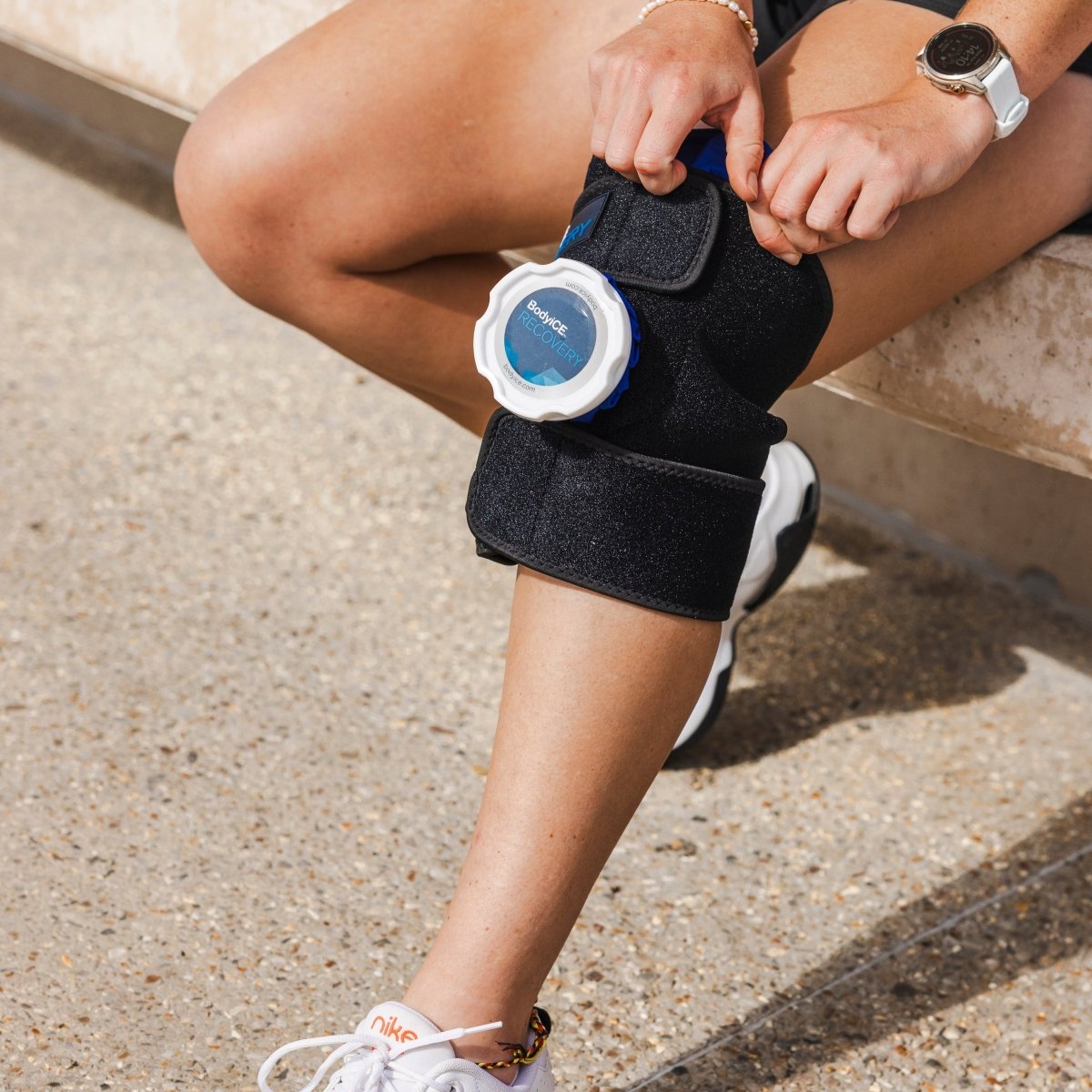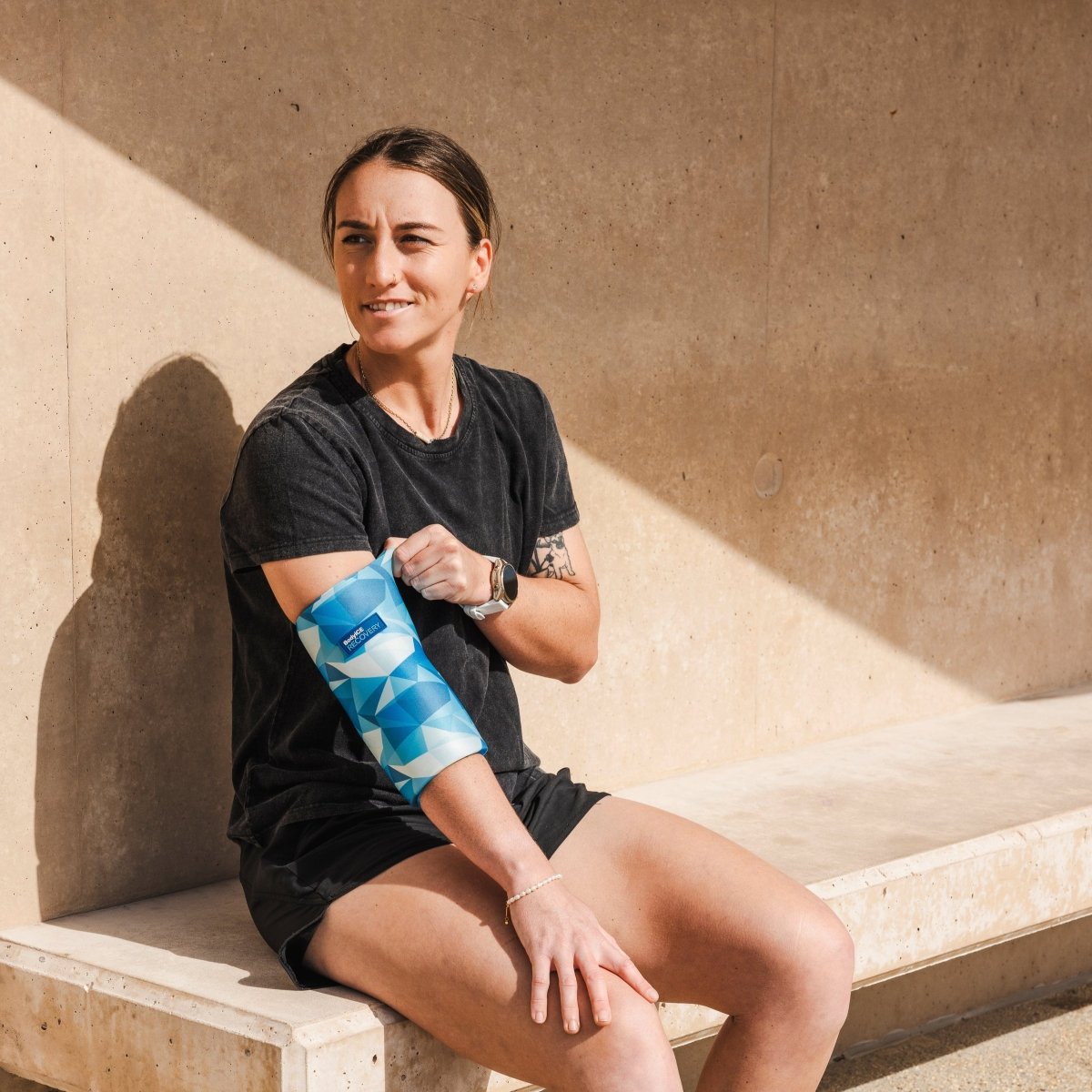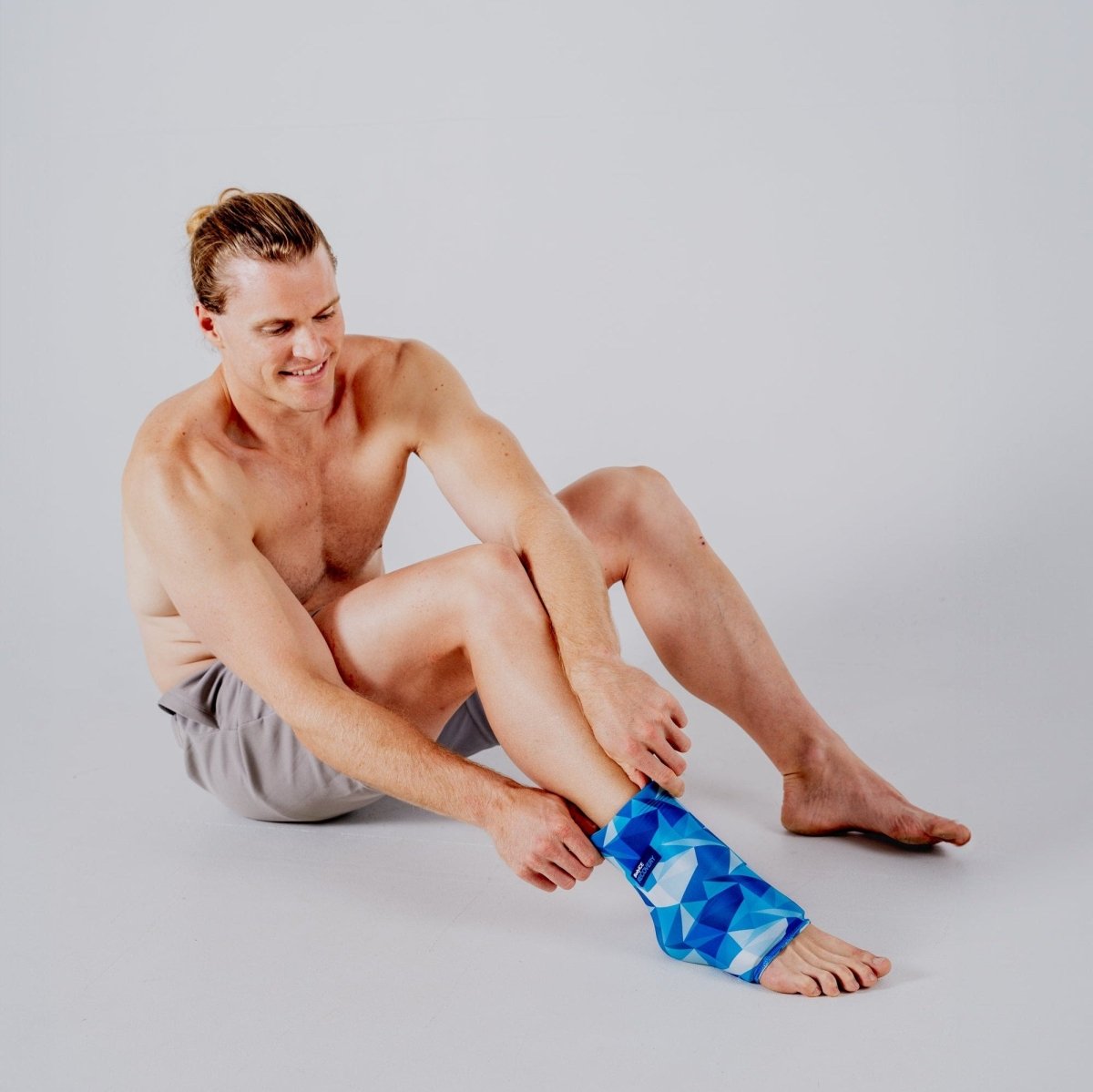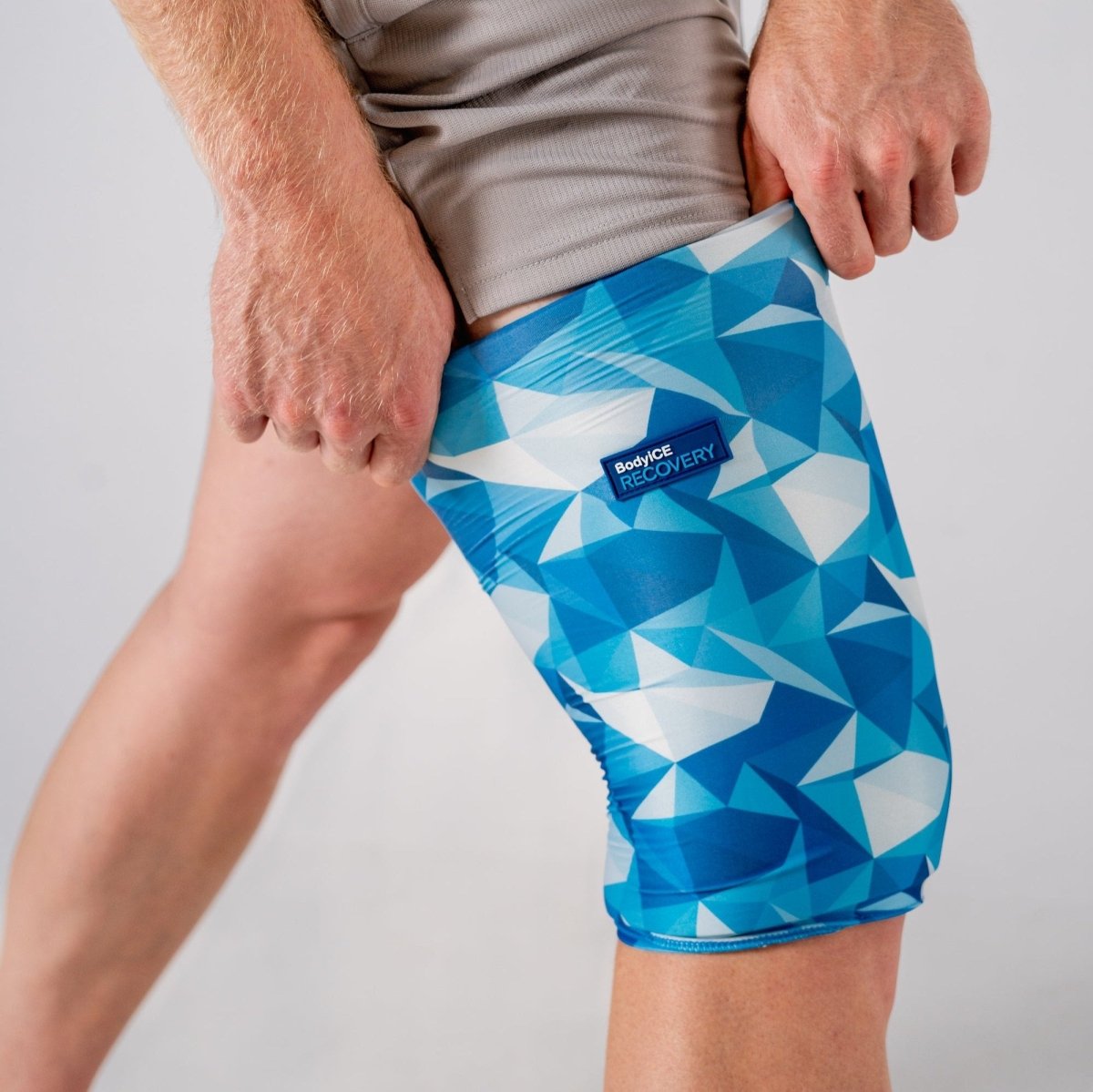Understanding a Meniscus Tear and Treatment Options
A meniscus tear is one of the most common knee injuries, particularly for athletes or people involved in activities requiring twisting, pivoting, or sudden stops. Each knee has two menisci, C-shaped pieces of cartilage located between the thighbone (femur) and shinbone (tibia), which act as shock absorbers and help stabilize the knee.
What is a Meniscus Tear?
A meniscus tear typically occurs when the knee twists or rotates under pressure, such as during sports, but it can also result from age-related wear and tear.
Symptoms of a Meniscus Tear Include:

- Knee pain, especially during twisting or rotating movements.
- Swelling around the knee.
- Difficulty moving the knee or a “locked” sensation.
- A popping sound at the time of injury.
Common Causes of Meniscus Tears

Meniscus tears are often caused by activities that involve sudden twisting or pivoting of the knee. Some common causes include:
Sports Injuries – Athletes in sports like soccer, basketball, or tennis are at higher risk due to frequent pivoting, twisting, or sudden changes in direction.
Age-Related Degeneration – As we age, the meniscus becomes less flexible and more prone to tears from even simple movements like squatting or stepping awkwardly.
Direct Impact – A direct blow to the knee, such as from a tackle in football or a fall, can cause the meniscus to tear.

Treatment Options for Meniscus Tears
Non-Surgical Treatments
RICE Method: Rest, Ice, Compression, Elevation. BodyICE Recovery packs are perfect for this stage, combining cold therapy for inflammation reduction with compression to ease swelling and support the joint.
Medications: Over-the-counter anti-inflammatory drugs can relieve pain.
Physical Therapy: Strengthens knee-supporting muscles and restores mobility, critical for those recovering without surgery or post-operatively.
Surgical Treatments (for severe tears):
Meniscectomy: Removal of the damaged meniscus part.
Meniscus Repair: Stitching torn meniscus sections together, generally recommended for younger patients or tears with good blood supply.
Physical Therapy for Meniscus Tears
Regardless of whether surgery is needed, physical therapy is key to recovery, focusing on reducing pain, restoring range of motion, and building muscle support around the knee. Typical steps include:
Initial Phase: Reducing pain and swelling with RICE and gentle movements.
Strengthening and Mobility: Strength exercises and balance training to support the knee.
Functional Training: Real-life movement exercises to prepare for daily activities or sports.
When is Surgery Needed?
Not all meniscus tears require surgery, as many can heal with rest and physical therapy alone. However, more severe tears (such as those that cause the knee to lock or larger tears in younger patients) may require surgical repair. Post-surgery, physical therapy remains essential for regaining knee function and strength.

A meniscus tear can be a painful and limiting injury, but with proper treatment, most people can fully recover. Whether through conservative methods like the RICE protocol or surgical intervention, physical therapy is key to restoring strength and mobility. Tools like BodyICE Recovery ice and heat compression packs can complement your treatment plan, helping you get back to your normal activities faster and more comfortably.
Always seek medical advice from your qualified medical professional.





















Leave a comment
All comments are moderated before being published.
This site is protected by hCaptcha and the hCaptcha Privacy Policy and Terms of Service apply.